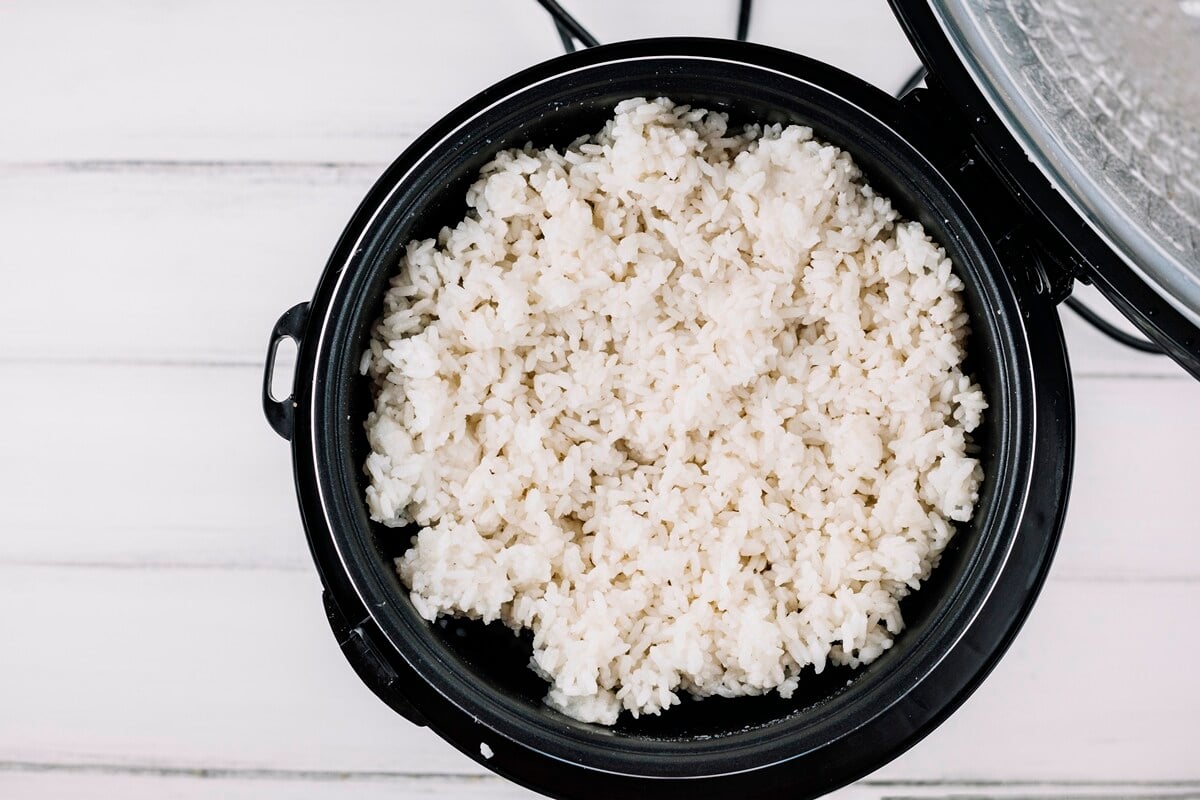
Instant pot vs rice cooker? It's the ultimate showdown in the kitchen! As someone who's cooked countless meals with both, I know the struggle of deciding which one to use. But here's the thing: it all comes down to what you're cooking and how much time you've got.
Want to whip up a quick batch of fluffy rice? A rice cooker is your best friend.
But if you're feeling adventurous and want to cook a whole meal in one pot, the instant pot has your back. Trust me, I've been there!
So, let's break it down and figure out which one is right for you. No more standing in the kitchen, scratching your head, and wondering which appliance to reach for.
Jump to:
- Which Is Better for Cooking Rice?
- Key Differences Between Instant Pots and Rice Cookers
- How to Cook Perfect Rice in an Instant Pot
- Pressure Cooking Time
- Mastering Rice Cooking in a Dedicated Rice Cooker
- Deciding Between an Instant Pot and Rice Cooker for Your Kitchen
- Choosing the Best Tool for Your Lifestyle
Which Is Better for Cooking Rice?
The first version of the Instant Pot was released in 2010. Ever since then, this electric pressure cooker has grown in popularity. But when it comes to cooking rice, how does the Instant Pot stack up against the tried-and-true rice cooker? Let's dive into the advantages of each appliance.
Advantages of an Instant Pot for Cooking Rice
One of the biggest pros of using an Instant Pot to cook rice is its versatility. It can be used as a pressure cooker, slow cooker, steamer, and more—all in one appliance.
So, if counter space is at a premium in your kitchen, the Instant Pot can be a real game-changer. You can cook your rice and then use the same pot to make the rest of your meal.
On the flip side, rice cookers are designed with one main purpose in mind—to cook perfect rice every time. Many models have specialized settings for different types of rice, from white to brown to sushi rice.
If you eat a lot of rice and want a foolproof way to get fluffy, delicious results, a dedicated rice cooker is hard to beat. Plus, most rice cookers are pretty affordable, with solid options available for under $50.
Key Differences Between Instant Pots and Rice Cookers

While both appliances can cook a mean batch of rice, there are some notable differences between Instant Pots and rice cookers.
As mentioned, one of the biggest selling points of the Instant Pot is its multi-functionality.
In addition to rice, you can use it to make soups, stews, yogurt, and even cakes. Some models also have specialized functions like sous vide and air frying.
So if you love kitchen gadgets but don't have a ton of storage space, the Instant Pot can be a great all-in-one solution.
Specialization of Rice Cookers
Rice cookers, on the other hand, are unitaskers. But what they lack in versatility, they make up for in reliability.
High-end rice cookers often have computerized fuzzy logic that can sense when your rice is done and automatically switch to a "keep warm" setting. This means you'll get perfect rice every time, no babysitting required.
Cooking Times and Results
In general, Instant Pots can cook rice faster than traditional rice cookers, thanks to their pressure cooking capabilities. However, the texture of the rice may be slightly different.
Instant Pot rice tends to be a bit stickier and wetter than rice cooked in a rice cooker. So if you prefer your rice on the drier, fluffier side, a rice cooker may be the way to go.
How to Cook Perfect Rice in an Instant Pot
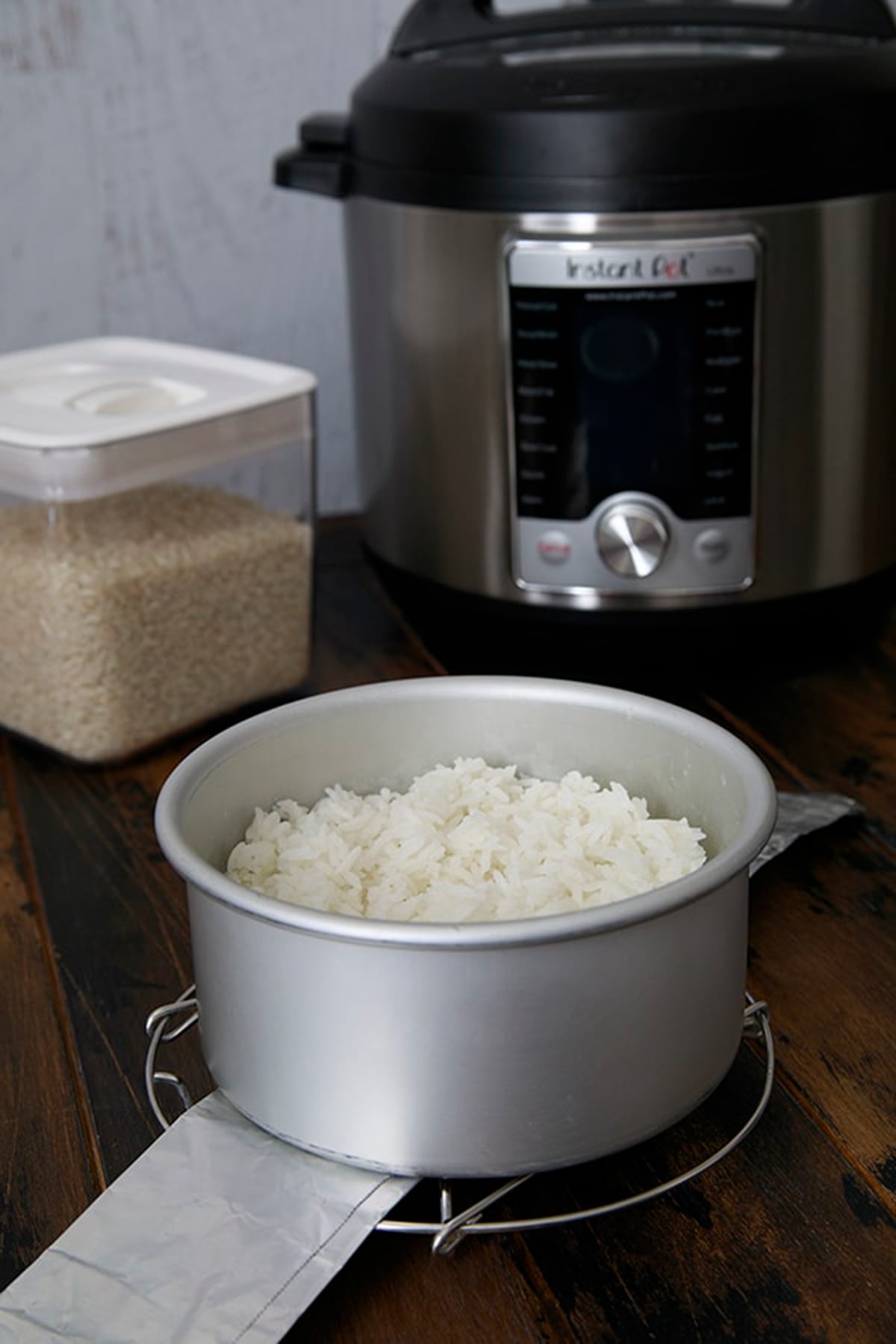
If you've decided to use your Instant Pot to cook rice, there are a few tips and tricks to keep in mind for best results: The general rule of thumb is to use a 1:1 ratio of water to rice in the Instant Pot. This means for every cup of rice, you'll add one cup of water.
However, if you like your rice softer, you can increase the water to 1 ¼ cups per cup of rice. For drier rice, stick with the 1:1 ratio or even slightly less water.
Pressure Cooking Time
For most types of white rice, you'll want to pressure cook on high for 3-5 minutes, followed by a 10-minute natural release. For brown rice, increase the cook time to 15-20 minutes.
Keep in mind that these are general guidelines—your specific model of Instant Pot may have slightly different recommendations, so always refer to the manual.
After the pressure cooking cycle is complete, let the Instant Pot naturally release pressure for at least 10 minutes before manually releasing any remaining steam. This allows the rice to finish cooking and absorb any excess moisture.
If you quick-release right away, your rice may be a bit undercooked and watery. Patience is key to perfect Instant Pot rice.
Tips for Achieving Optimal Results
Here are a few more tips to keep in mind:
- Rinse your rice before cooking to remove excess starch
- Add a pinch of salt or a splash of oil for flavor
- Fluff the rice with a fork after cooking to avoid clumping
- Let the rice rest for a few minutes before serving
With these tips in mind, you'll be cooking up perfect batches of Instant Pot rice in no time. And if you're feeling brave, try our chicken souvlaki rice and other Instant Pot rice recipes!
Check out the Instant Pot Duo for example. So many functions whereas your simple rice cooker has one feature.
Mastering Rice Cooking in a Dedicated Rice Cooker
If you've opted for a rice cooker, you're in for a treat. These appliances take all the guesswork out of cooking rice. Here's what you need to know: When shopping for a rice cooker, consider the capacity, settings, and overall design.
If you frequently cook for a crowd, opt for a larger-capacity cooker. If you like to experiment with different types of rice, look for a model with specialized settings.
And if counter space is tight, consider a compact or multi-functional rice cooker.
Also read: How To Convert Slow Cooker Recipe To Instant Pot Easily
Preparing the Rice
Just like with the Instant Pot, it's important to rinse your rice before cooking to remove excess starch. Most rice cookers come with a measuring cup—use this to measure out your rice and water.
A general guideline is to use slightly less than a 1:1 ratio of rice to water. For example, for 2 cups of rice, use just under 2 cups of water. However, this can vary based on the type of rice and your personal preferences.
Adjusting Settings for Different Rice Types
If your rice cooker has different settings for white, brown, and sushi rice, be sure to select the appropriate option. This will ensure that your rice cooks for the optimal time and temperature.
If your cooker only has a basic on/off function, you may need to adjust the water ratio and cooking time based on the type of rice. Consult your rice cooker's manual for specific guidelines.
Deciding Between an Instant Pot and Rice Cooker for Your Kitchen
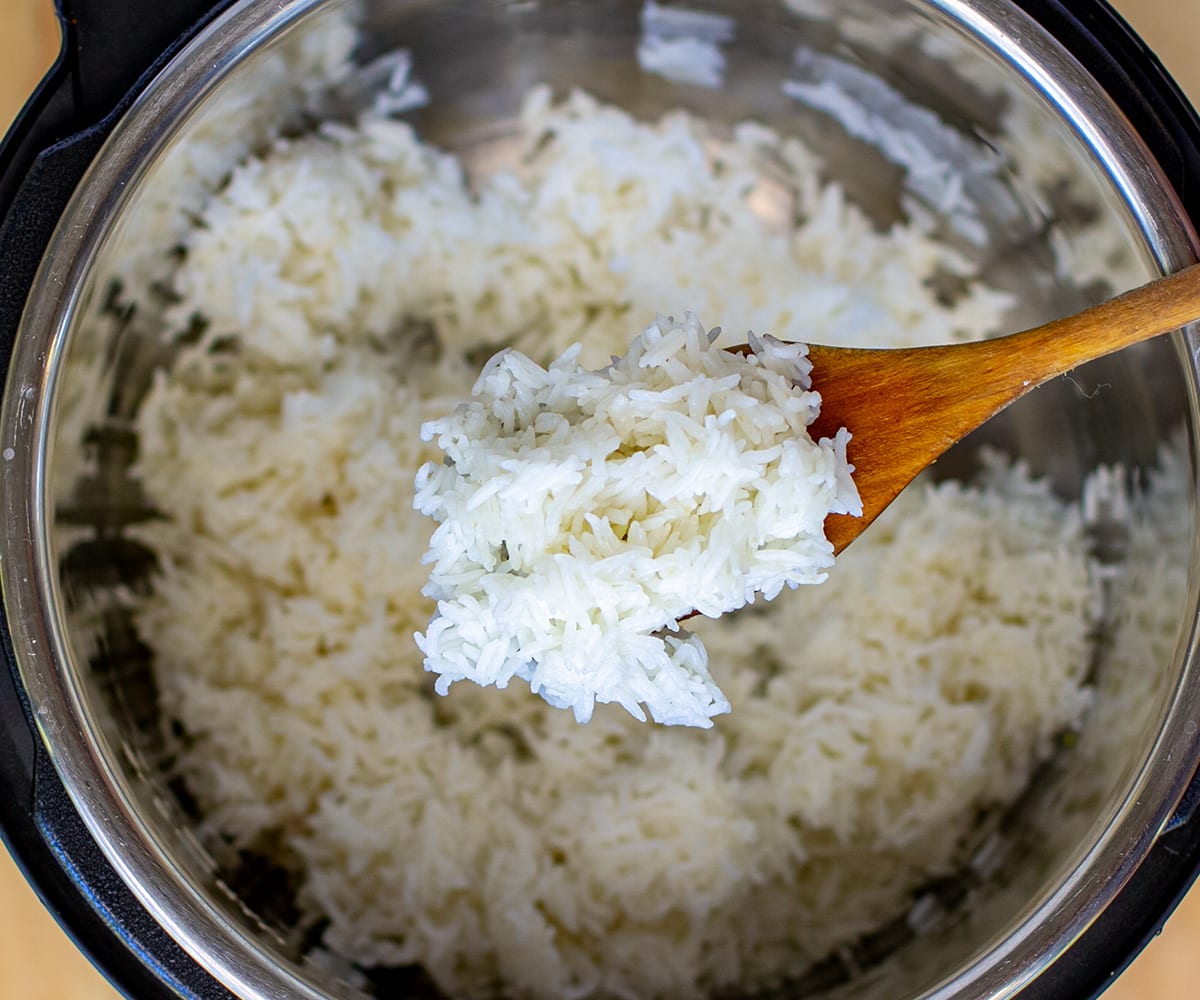
At the end of the day, both the Instant Pot and rice cooker can help you whip up delicious, fluffy rice with minimal effort. The best option for you will depend on your specific needs and preferences.
If you have limited counter or storage space, the Instant Pot may be the way to go, since it can replace multiple appliances. However, if you have room for a dedicated rice cooker, it can be a worthwhile investment, especially if you eat a lot of rice.
Frequency of Rice Consumption
If rice is a staple in your diet, a high-quality rice cooker can make your life a lot easier. You can cook large batches at once and keep them warm for hours, so you always have perfectly cooked rice on hand.
However, if you only eat rice occasionally, the Instant Pot may be sufficient for your needs. You can still get great results, and you'll have the added versatility of being able to cook other dishes as well.
In general, Instant Pots tend to be more expensive than basic rice cookers due to their multiple functions and high-tech features. However, there is a wide range of price points for both appliances.
If budget is a top concern, you can find a basic rice cooker for under $50. But if you're willing to invest in a higher-end model, you can find rice cookers with advanced fuzzy logic technology and induction heating.
Additional Cooking Needs
Finally, consider what else you like to cook besides rice. If you're a fan of soups, stews, and one-pot meals, the Instant Pot may be a better fit for your lifestyle.
But if you mainly stick to rice and steamed veggies or proteins, a rice cooker will do the job just fine. Some newer models even have steamer baskets and other accessories for cooking a complete meal.
At the end of the day, both the Instant Pot and rice cooker are fantastic kitchen appliances that can make cooking rice a breeze. Consider your budget, space, and cooking needs to determine which one is right for you.
Choosing the Best Tool for Your Lifestyle
So, rice cooker vs Instant Pot—which one should you choose? Well, it depends on what you're looking for in your kitchen sidekick.
If you're all about perfectly cooked rice and simplicity, a rice cooker is your go-to. But if you want a versatile appliance that can handle everything from excellent rice to flavorful stews, the instant pot is your multi-tasking hero.
Both appliances have their perks. It's all about finding the one that fits your cooking style and needs. Whether you're a rice aficionado or an adventurous home chef, there's an appliance out there for you.
So, go forth and cook up a storm! With the right tool by your side, you'll be whipping up delicious meals in no time. And who knows? You might just discover a new favorite recipe along the way.


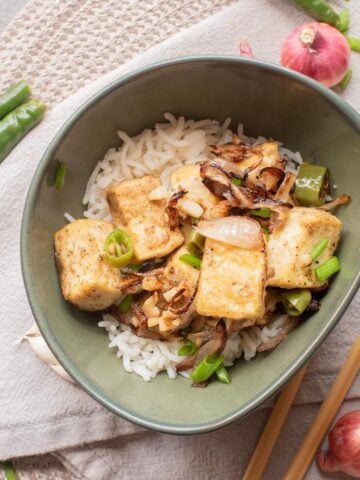




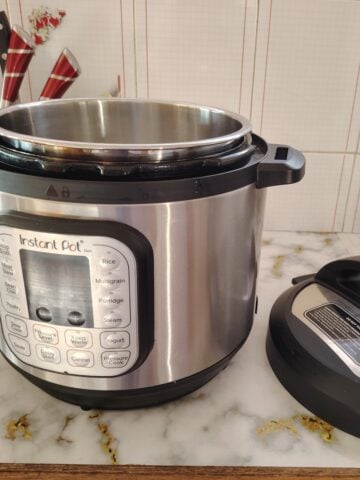

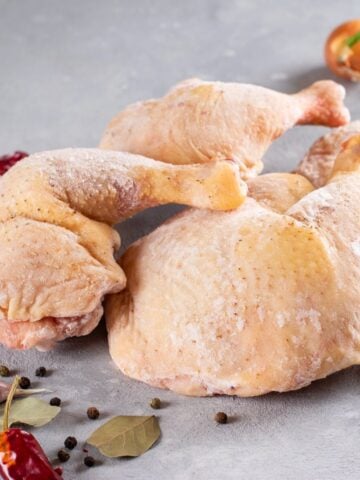
Leave a Reply